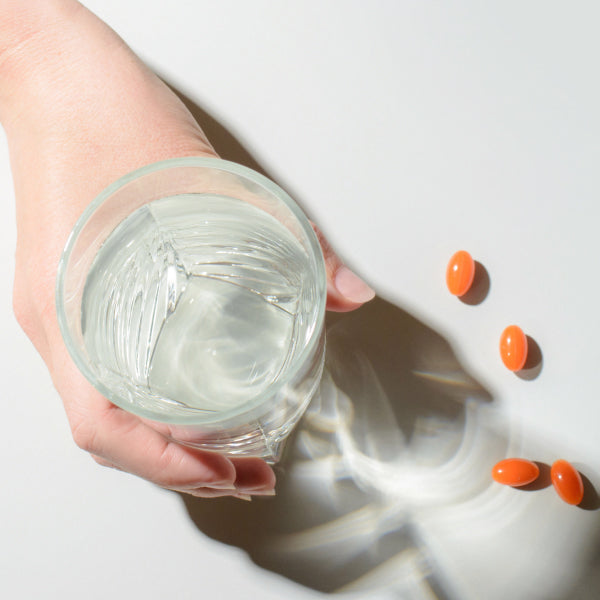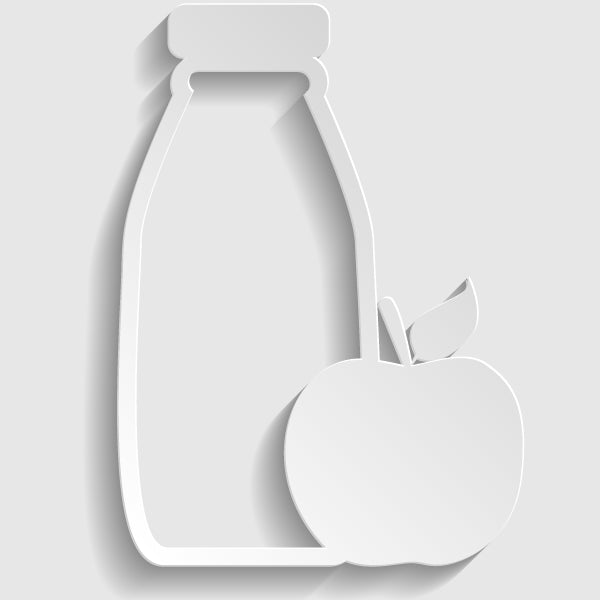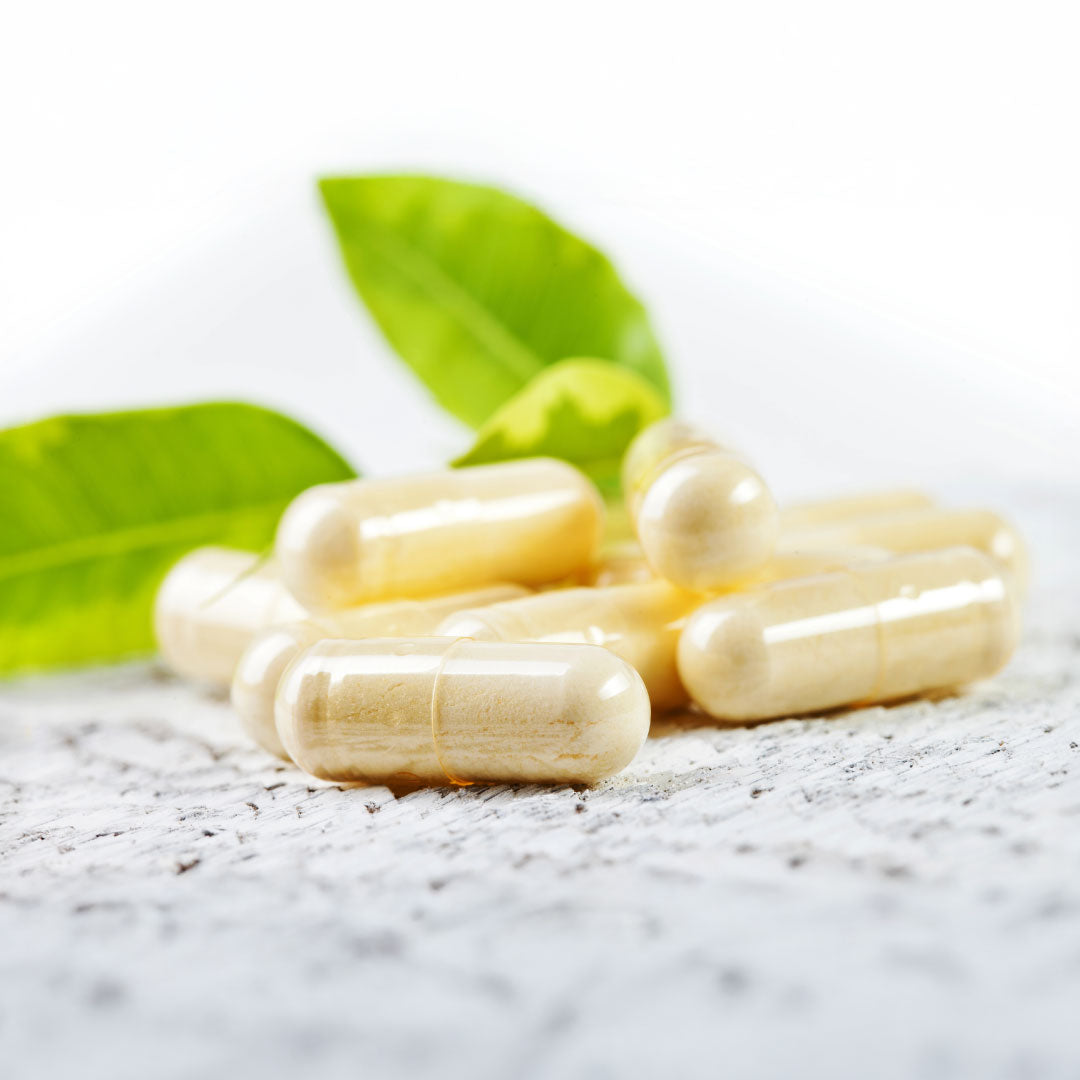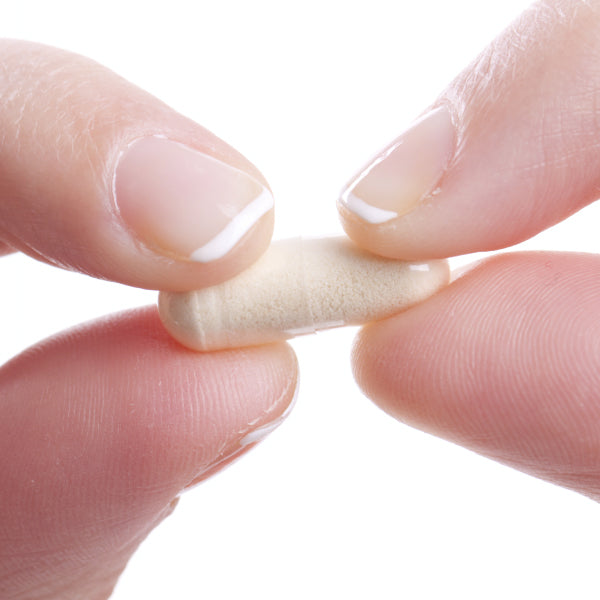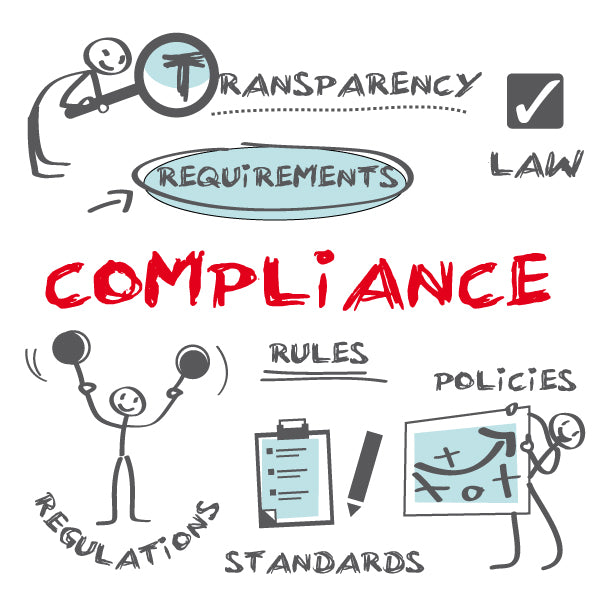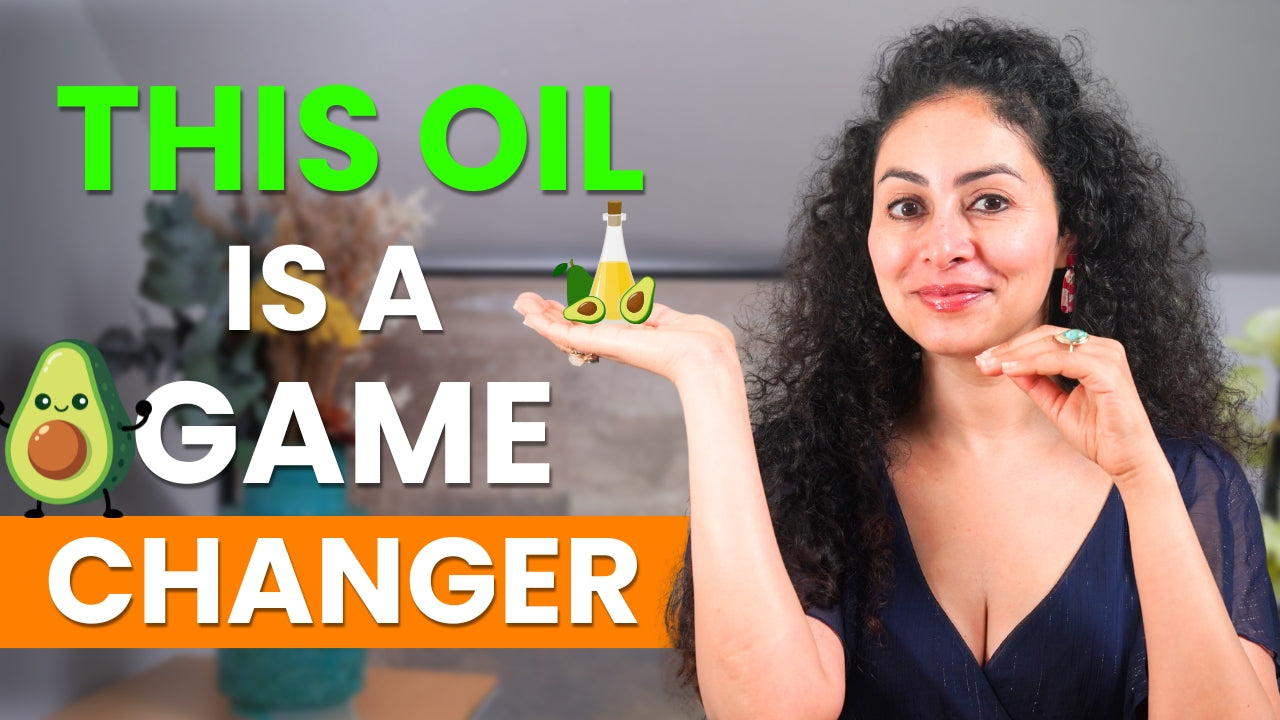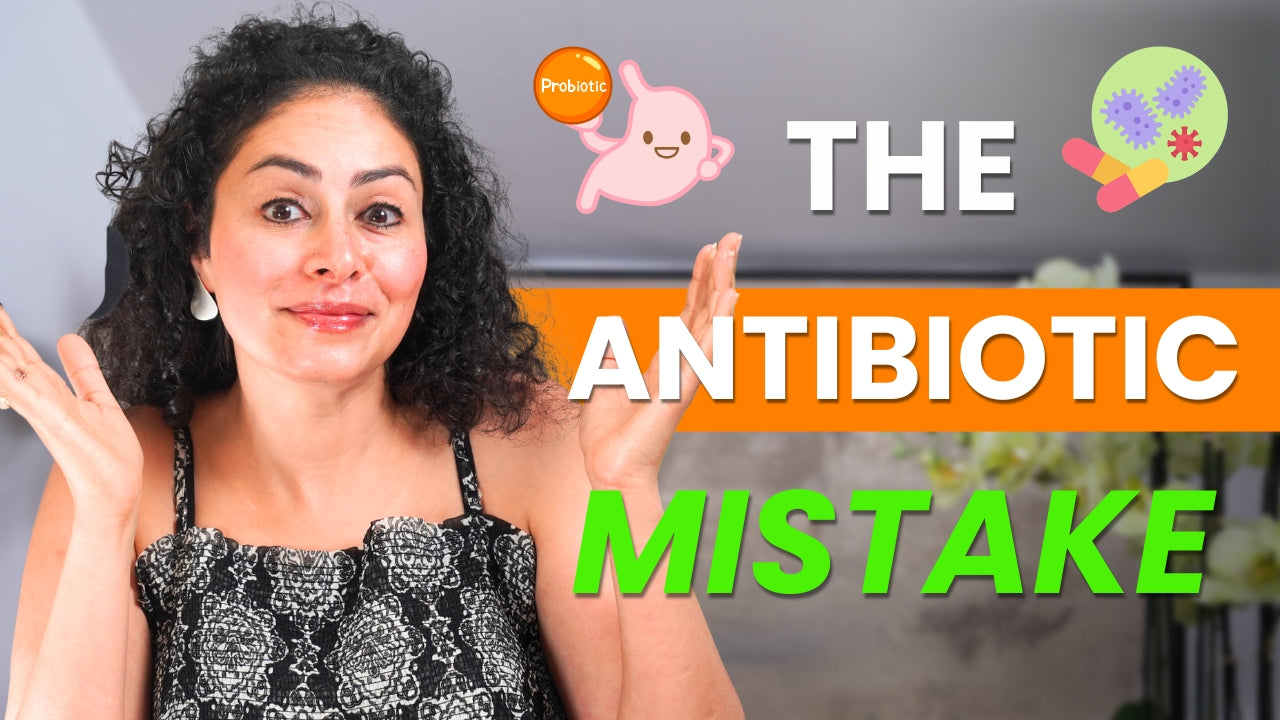Is your child, or even you, addicted to salt? My daughter thinks salt is its own food group, and honestly, I get it! Salt can make almost anything taste better, but how much is too much? Let’s dive in.
Salt in the Spotlight
That innocent little shaker on your kitchen table has a reputation. Personally, I think salt and sugar make everything taste better. My daughter won’t touch vegetables unless they’re sprinkled with salt like snowy mountains! Even kale becomes gourmet with a little seasoning.
But let’s be honest, we often go overboard. The food industry sneaks salt into everything, from soups to sauces, sometimes making a single ready meal enough to hit your entire daily limit.
Understanding Labels: Salt vs Sodium
Reading labels is key. Foods usually list either sodium or salt, but they’re not the same. Salt is sodium plus chloride. About 1 gram of sodium comes from 2.5 grams of salt. The NHS recommends no more than 6 grams of salt per day, roughly a teaspoon.
Even “healthy” options can pack in salt stealthily. And yes, salt cravings are real, so moderation is essential.
How Much Salt Do You Really Need?
Salt needs aren’t one-size-fits-all. Factors include:
-
Gender: Men usually have more muscle and blood volume, so they need slightly more sodium.
-
Age: Older adults’ kidneys filter sodium less efficiently, so extra caution is needed.
-
Lifestyle & Climate: Exercise, hot weather, or low-carb/keto diets increase sodium loss through sweat and urine.
If you’re active, on keto, or live somewhere hot, you might need more salt than average.
The Risks of Too Much Salt
Excess salt makes your body retain water, increasing blood pressure and stress on the heart. It’s linked to heart disease and stroke. High salt intake can also lead to temporary water weight gain, causing bloating and puffiness but not fat gain.
Which Salt Is Best?
-
Celtic Sea Salt: Unrefined, naturally dried, contains trace minerals like magnesium and potassium, no additives.
-
Himalayan Pink Salt: Pretty and rich in iron, but trace minerals are minimal.
-
Table Salt: Highly refined, mostly sodium chloride, often with anti-caking agents. The only plus is iodine fortification, but you can also get iodine from seaweed, fish, dairy, eggs, and shellfish.
Bottom line: Salt isn’t the enemy. Balance is key. Whole foods let you control seasoning, while processed foods often overload on salt.
Historical Note
Did you know that years ago, the Blair government worked with supermarkets like Sainsbury’s, Tesco, and Marks & Spencer to reduce salt in foods by 30%? This long-term strategy positively impacted public health.
--Written by Hala Ali, founder of Dietapplements






